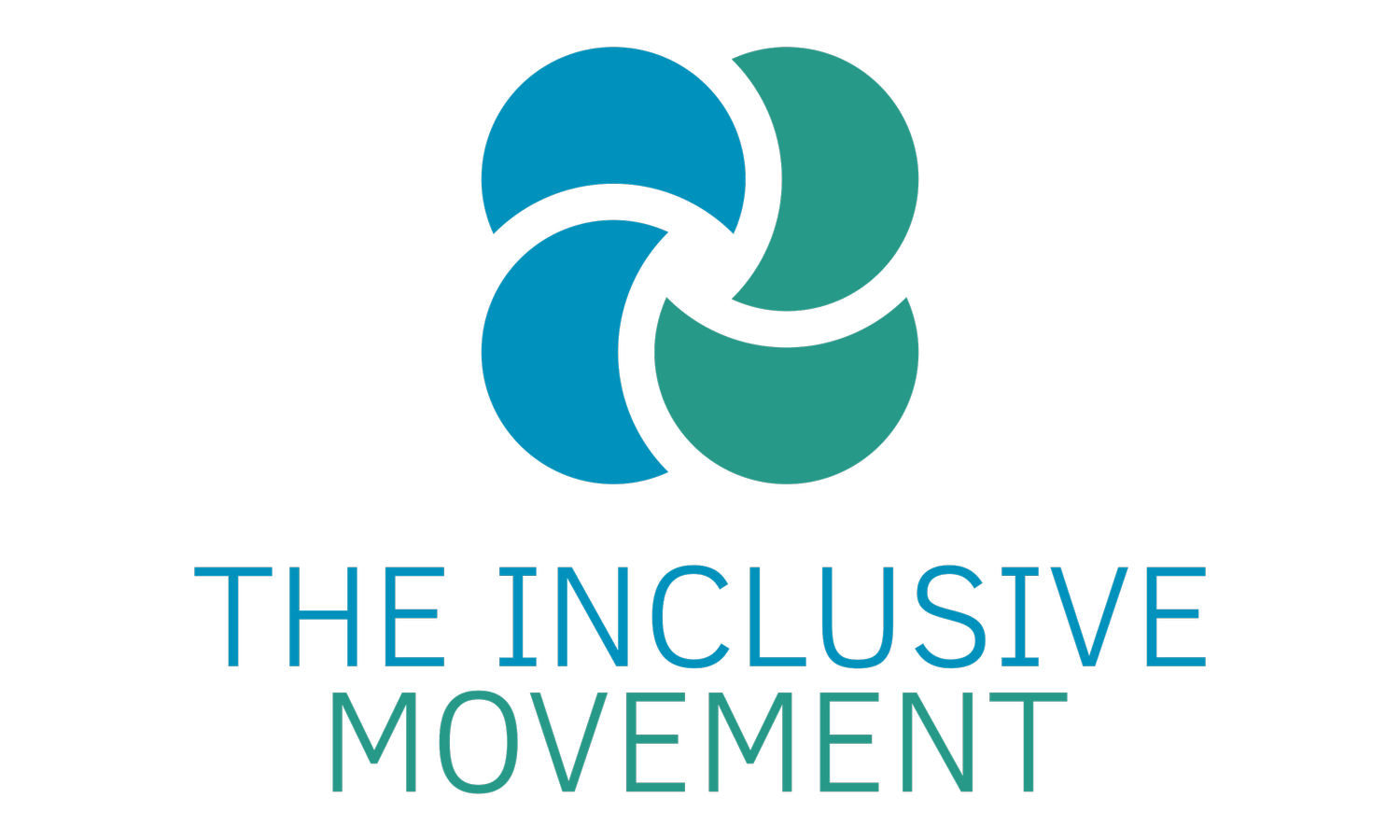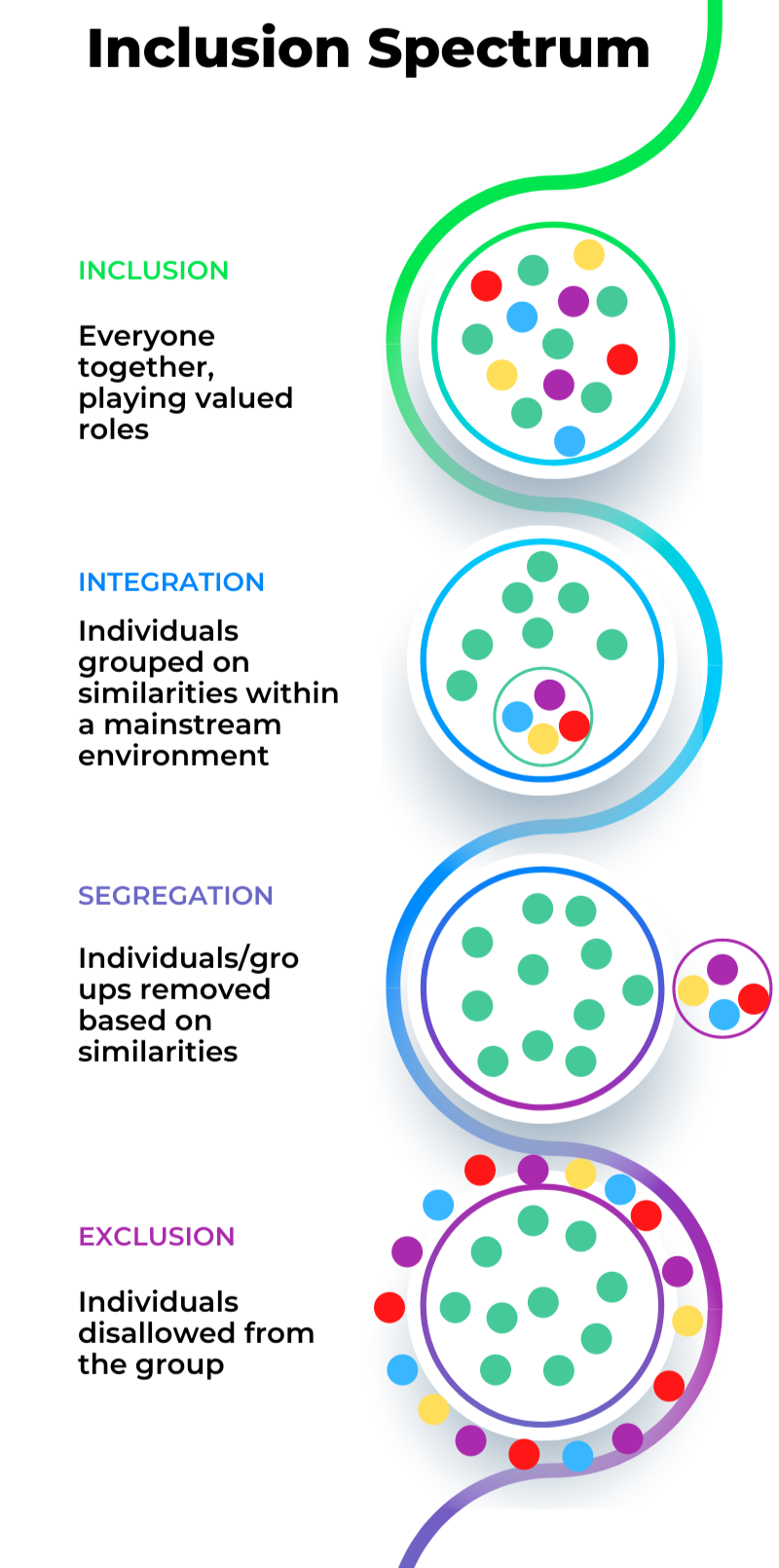Why Do Some Schools Get Inclusion Wrong?
At The Inclusive Movement, we’ve seen the incredible things that happen when inclusion is done right — when every student is welcomed, supported, and celebrated for who they are.
But we’ve also seen the harm caused when inclusion is done poorly — when it’s treated as a checkbox, an add-on, or worse, avoided altogether.
So why do some schools — even with good intentions — still get inclusion wrong?
1. Inclusion is Confused with Integration
Inclusion is not about making the child fit the school — it's about making the school fit every child.
Too often, schools think inclusion simply means having students with disability in the same physical space as their peers. But inclusion is more than presence — it’s about participation, access, and belonging.
Integration = “You can be here, as long as you fit in.”
Inclusion = “We will change the environment so you can thrive here.”
2. Low Expectations for Students with Disability
In some schools, students with disability are given work far below their capacity, excluded from excursions, or steered toward "life skills" pathways without consultation.
This often stems from:
A lack of disability training or awareness
Fears about funding, support needs, or academic results
Outdated beliefs, and assumptions about intelligence, behaviour, or capability
The result? Students are held back — not by their disability, but by systems and attitudes.
3. Adjustments Are Seen as Optional or “Too Hard”
We still hear things like:
“They can’t do that because we don’t have an aide.”
“We’ve never had a student like that before.”
“There’s no funding for extra help.”
“ But, we already provide X or already do Y”
This reflects a misunderstanding of legal obligations. Under the Disability Discrimination Act and Disability Standards for Education, reasonable adjustments are a right, not a favour.
What’s often missing is proactive planning and school-wide responsibility — not more money.
4. Responsibility Falls to One Person
Inclusion often falls on the shoulders of the Learning Support Coordinator, Education Assistant, or one passionate teacher — instead of being embedded into whole-school culture.
But inclusion can’t be siloed.
It must be led by:
School leadership, who allocate time and resources
Classroom teachers, who plan inclusive lessons
Support staff and allied health, who work collaboratively
Students and families, whose voices guide the process
5. The Barriers Are Hidden
Some barriers to inclusion aren’t obvious — but they’re there.
A busy, noisy classroom may overwhelm a child with sensory processing differences.
A one-size-fits-all test may disadvantage students who process information differently.
An inflexible excursion policy may exclude students who need extra support.
These are not student issues — they are design and planning issues. A System Issue requiring change.
6. The System Prioritises Compliance Over Connection
We get it — teachers are overworked. Systems are stretched. Risk assessments, attendance targets, curriculum timelines, and behaviour reporting can leave little space for human-centred, inclusive practice.
But when connection is prioritised — when students feel safe, respected, and known — everything else improves: behaviour, engagement, and wellbeing.
Getting It Right Means Shifting Culture
Inclusion isn’t a program. It’s a mindset. It requires leadership, reflection, and a willingness to do things differently.
Next week, we’ll explore how to make reasonable adjustments that are simple, effective, and easy to implement.
📥 Download: Hidden Barriers Checklist
🎓 Enrolments opening soon: Inclusive Education Course Bundle

